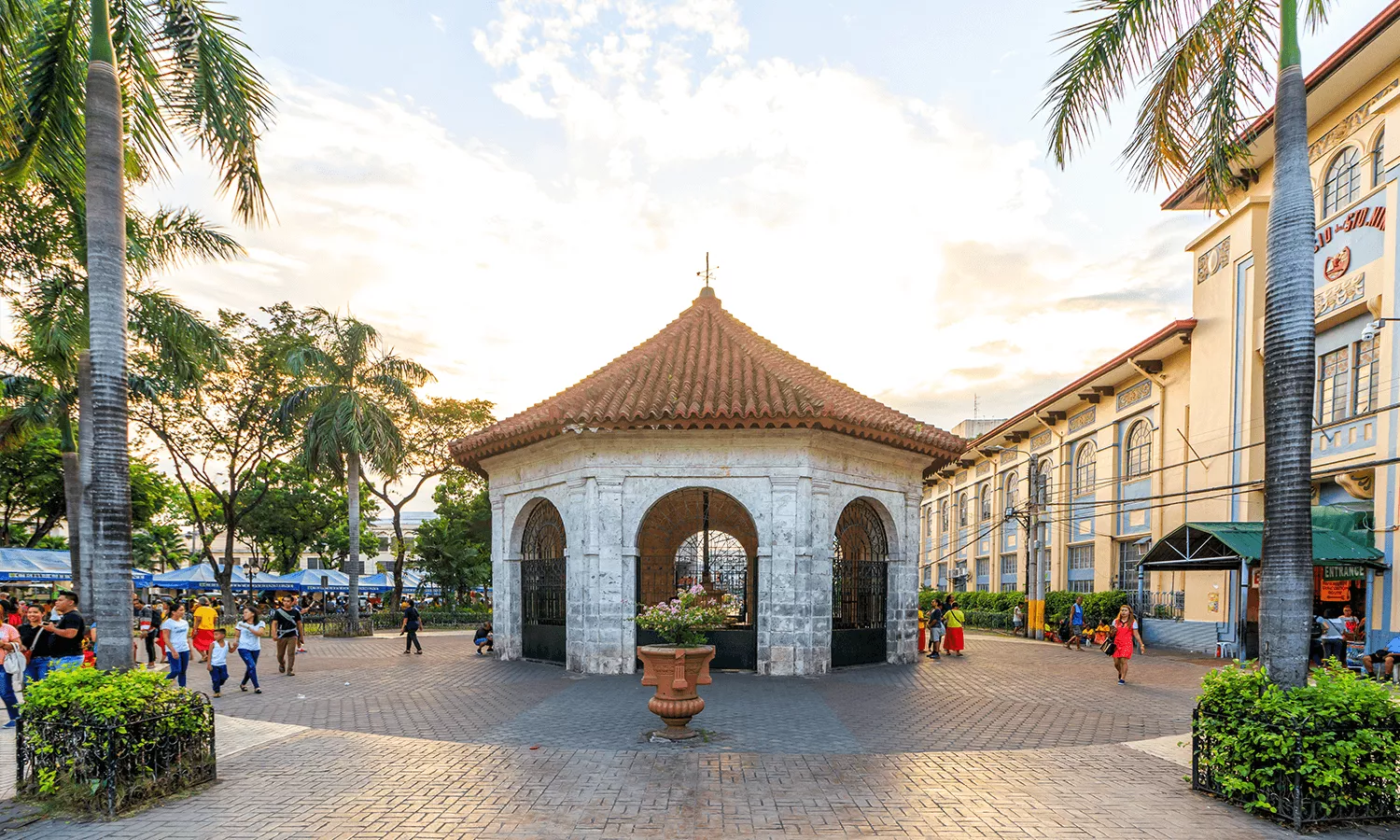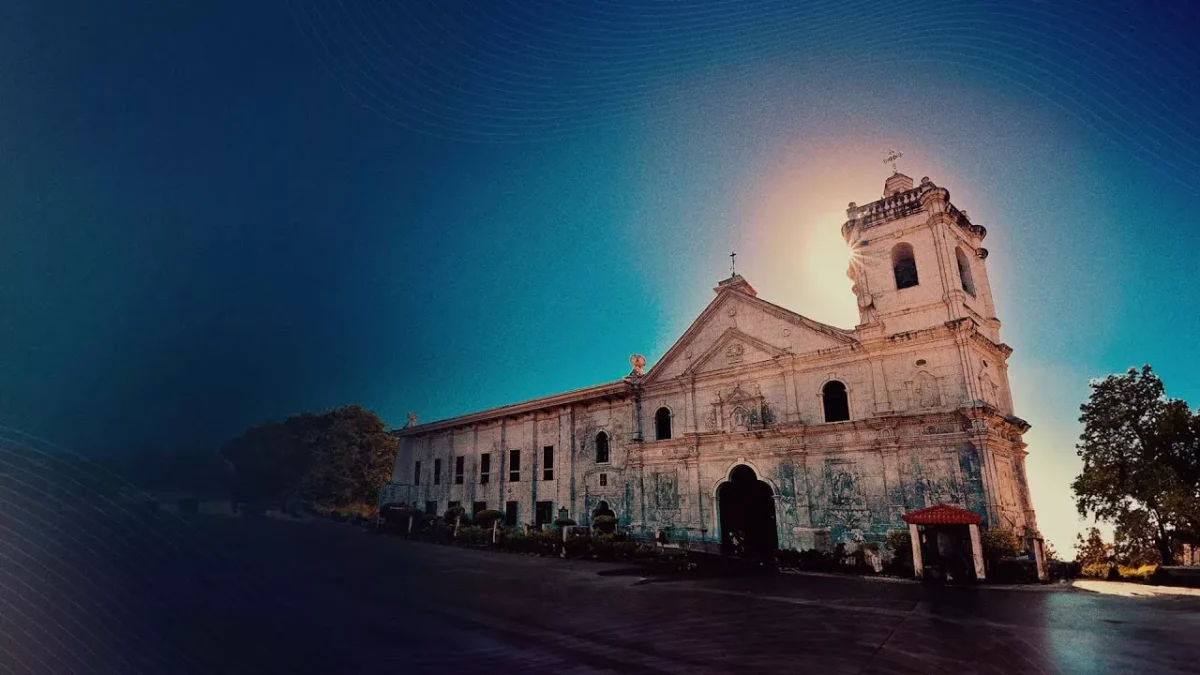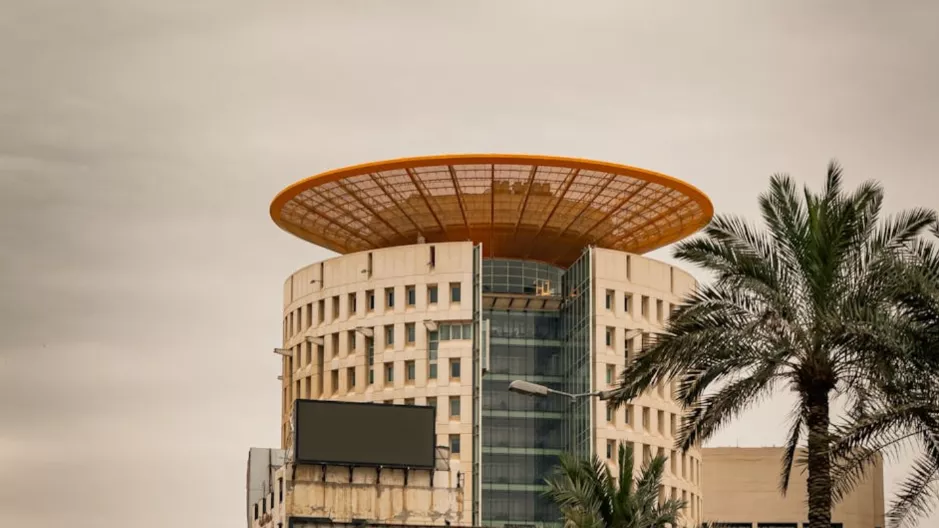Steeped in great history and cultural importance, Magellan’s Cross & Basilica del Santo Niño are two of Cebu’s most renowned sites. Built by Ferdinand Magellan in 1521, the cross marks the beginning of Christianity in the Philippines. The close by Basilica has the revered Santo Nío, a figure of great devotion for many Filipinos. These locations taken together not only narrate the story of a turning point in Philippine history but also emphasize the ongoing faith and traditions of the Filipino people. A trip to these sites is required whether you are a history enthusiast or simply want to absorb some local culture.
Key Takeaways
- Magellan’s Cross marks the introduction of Christianity to the Philippines by Ferdinand Magellan in 1521.
- The Basilica del Santo Niño is home to the oldest religious relic in the country, drawing countless visitors each year.
- Both sites are located in Cebu City, making them easily accessible for tourists and locals alike.
- The annual Sinulog Festival celebrates the Santo Niño and reflects the vibrant culture of Cebu.
- Preservation efforts are ongoing to maintain these historical landmarks for future generations.
Historical Significance of Magellan’s Cross & Basilica del Santo Niño
Introduction to Magellan’s Cross
More than simply a monument, Magellan’s Cross is a strong sign of Christianity’s arrival in the Philippines. Planted by Ferdinand Magellan’s expedition in 1521, it marks a turning point in the nation’s past. The cross marks the start of Spanish colonization and the arrival of a new religion. Today, it draws tourists from all over the world and attests to the rich, complicated history of the nation. For those who are interested in history and religion, it is a must-see.
The Role of the Basilica del Santo Niño
The Basilica del Santo Niño plays a central role in Cebu’s religious and cultural life. Adjacent to Magellan’s Cross, the basilica houses the image of the Santo Niño de Cebu, a statue of the Child Jesus brought by Magellan. This image is considered the oldest Christian relic in the Philippines. The basilica has become a major pilgrimage site, especially during the Sinulog Festival. It’s a place of prayer, reflection, and celebration, deeply intertwined with the history of Magellan’s Cross.
Impact on Filipino Culture
Filipino culture was profoundly and lastingly affected by Magellan’s arrival and cross planting. Christianity became a major force forming social structures, customs, and beliefs. Filipino identity is woven with the narrative of Magellan’s Cross and the Santo Nio. Wood encases the cross for protection. Murals show the happenings. The cultural relevance is unquestionable. It’s a reminder of the mixing of indigenous beliefs with modern religious practices, therefore producing a particular Filipino Christian identity.
The legacy of Magellan’s Cross and the Basilica del Santo Niño extends far beyond their physical presence. They represent a turning point in Philippine history, a moment of cultural exchange and transformation that continues to shape the nation today. These sites serve as a reminder of the past and a source of inspiration for the future.
Architectural Features of the Landmark
Design of Magellan’s Cross Chapel
The chapel housing Magellan’s Cross is pretty simple, but it has a certain charm. It’s not some grand cathedral, but more of a humble shelter for a really important historical artifact. The open-air structure lets you see the cross from all angles, and the high ceilings give it a spacious feel. The arched doorways are a nice touch, framing the cross and letting in plenty of light. It’s a design that focuses on the cross itself, making it the center of attention.
Basilica del Santo Niño Architecture
The Basilica del Santo Niño is a whole different story. This place is grand. It’s built in a Spanish colonial style, with a huge facade and a bell tower that you can see from pretty far away. Inside, it’s even more impressive, with high ceilings, stained glass windows, and intricate carvings everywhere. It’s a real show of faith and a testament to the importance of religion in Cebu. The architecture really makes you feel like you’re stepping back in time.
Symbolism in the Structures
Even if it’s not always clear, both Magellan’s Cross and the Basilica are rich in meaning. Though covered in tindalo wood, the cross itself signifies the arrival of Christianity in the Philippines. Its magnificent architecture reflects the strength and impact of the Catholic Church. Even the materials employed, such as local stone and wood, have their own meaning linking the buildings to the land and its people.
The Basilica’s design incorporates elements that reflect both Spanish colonial influences and local Filipino artistry. This blend symbolizes the complex relationship between the colonizers and the colonized, and the enduring impact of this historical period on Filipino culture and identity.
Here’s a quick rundown of some key symbolic elements:
- The Cross: Represents the introduction of Christianity.
- Basilica’s Bell Tower: Symbolizes the church’s presence and call to worship.
- Stained Glass Windows: Depict biblical scenes and stories.
Cultural Celebrations and Events
Sinulog Festival Overview
The Sinulog Festival is a huge deal here. It’s not just a party; it’s a deeply religious and cultural event that paints the city in vibrant colors every year. The festival is celebrated every third Sunday of January. It’s all about honoring the Santo Niño, the Child Jesus, and it’s a spectacle you won’t forget. The streets come alive with dance parades, music, and people from all walks of life joining in the fun. You can see the festival’s rich heritage everywhere.
Religious Observances at the Basilica
The Basilica del Santo Niño is the center of religious life in Cebu, not only a lovely structure. The Basilica is crowded with worshippers all year round, but especially during holidays like Christmas and Easter. You can sense the devotion in the air as masses are held nonstop. People come to pray, light candles, and ask for blessings. Whether or not you are religious, this is a strong experience. Usually posted close to the entrance, the mass schedule lets you plan your visit appropriately.
Community Involvement and Traditions
It’s amazing to see how much the community gets involved in the celebrations. It’s not just something that happens to them; they actively participate. Families pass down traditions through generations, from making costumes to preparing food for the festivities. You’ll see local vendors selling everything from religious items to street food. It’s a real showcase of Cebuano culture and hospitality. Plus, many local schools and organizations participate in the Sinulog parade, adding to the vibrant tapestry of the event.
The spirit of community is really what makes these celebrations special. It’s not just about the religious aspect, but also about bringing people together and celebrating their shared heritage. You can feel the sense of pride and belonging everywhere you go during these events.
Here’s a glimpse of the typical activities:
- Street dancing competitions
- Religious processions
- Community feasts
Visitor Experience at Magellan’s Cross & Basilica del Santo Niño
Accessibility and Location
Getting to Magellan’s Cross and the Basilica del Santo Niño is pretty straightforward. They’re both located right in the heart of Cebu City, making them easy to reach by taxi or jeepney. Many tour companies also include these sites in their itineraries. Magellan’s Cross Chapel is open daily from 8 AM to 6 PM, but it’s always a good idea to double-check the hours, especially if there’s a special event going on. The central location means you can easily combine your visit with other nearby attractions.
Guided Tours and Information
Joining a guided tour will help you to truly maximize your stay. These tours sometimes offer a better knowledge of the historical and religious relevance of both locations. Tour companies providing these services can be found throughout Cebu City. A guide can truly bring the past to life, but if you like to wander alone, usually on-site information is accessible. Feel free to inquire; the locals are usually quite nice and eager to impart their knowledge.
Visitor Etiquette and Tips
When visiting Magellan’s Cross and the Basilica del Santo Niño, it’s important to be respectful. These are religious sites, so dressing modestly is a good idea. While there isn’t a strict dress code, showing respect for the sacredness of the place is always appreciated. Remember to keep your voice down and avoid disruptive behavior. Donations are welcome at Magellan’s Cross to help with upkeep. Here are some tips to keep in mind:
- Dress modestly.
- Keep noise levels down.
- Be respectful of religious ceremonies.
- Consider making a donation.
Visiting these sites is more than just ticking off a tourist spot; it’s about experiencing a piece of Filipino history and culture. Take your time, soak it all in, and be mindful of the significance of these landmarks to the local community.
Legends and Myths Surrounding the Cross

Miraculous Healing Stories
Stories about the waters close to Magellan’s Cross having healing qualities are rather usual. From all over, people come hoping to recover from diseases merely by washing their hands or perhaps consuming the water. Its great respect stems from the belief in the power of the cross.
Local Folklore and Beliefs
For many locals, Magellan’s Cross is way more than just a historical marker. It’s a symbol of faith, resilience, and cultural identity. People believe that touching the cross can protect you from harm or evil spirits. You’ll often see visitors touching the cross and saying a prayer for safety and good fortune. It’s also a focal point for gatherings and celebrations, bringing people together to commemorate important moments. The Santo Niño de Cebu statue is also a big part of the local folklore.
Artistic Representations in Murals
The chapel housing Magellan’s Cross features a mural depicting the historical event when Ferdinand Magellan brought Christianity to the Philippines in 1521. It depicts the baptism of Rajah Humabon and his people. The mural serves as a reminder of the cross’s importance and a means to preserve the narrative rather than merely a decoration.
The cross is encased in tindalo wood to protect the original cross, which many believe possesses miraculous powers. This adds to its mystique and reverence among devotees and visitors. It’s a must-see spot for tourists exploring the Philippines’ rich heritage.
Here’s a quick rundown of common beliefs:
- Touching the cross brings protection.
- The waters nearby have healing powers.
- It represents the blending of cultures.
Preservation Efforts and Challenges
Maintenance of Historical Sites
Keeping historical sites like Magellan’s Cross and the Basilica del Santo Niño in good shape is a constant job. The Philippines is in a place where there are a lot of natural disasters, so things like earthquakes and typhoons can cause damage. Also, just the regular wear and tear from people visiting can add up over time. Regular inspections and repairs are needed to make sure these landmarks stay standing for future generations. It’s not just about fixing what’s broken, but also about preventing damage in the first place. For example, the Basilica Minore del Sto. Niño de Cebu has faced many challenges.
Community Engagement in Preservation
It’s not just up to the government or historical societies to take care of these places; the local community needs to be involved too. When people feel like they have a stake in preserving these sites, they’re more likely to help out. This can mean volunteering time, donating money, or just spreading the word about the importance of preservation.
Here are some ways the community can get involved:
- Participating in clean-up drives.
- Attending educational workshops about the history of the sites.
- Supporting local businesses that contribute to preservation efforts.
Future of Magellan’s Cross & Basilica
Magellan’s Cross and the Basilica del Santo Niño present both prospects and difficulties looking forward. Cultural tourism is becoming more popular on one side since it might provide more funding for preservation. Conversely, rising urbanization and climate change provide continuous challenges. Key will be finding a balance between preservation and growth. While still letting people to enjoy these places, it’s crucial to protect them using sustainable practices and new technologies.
Preserving these sites isn’t just about saving old buildings; it’s about protecting our cultural identity and passing it on to future generations. It requires a collaborative effort from everyone involved.
Exploring Nearby Attractions
Other Historical Sites in Cebu
Cebu is packed with history, and the area around Magellan’s Cross and the Basilica del Santo Niño is no exception. You could easily spend days exploring all the historical spots. Fort San Pedro is a must-see; it’s a short walk away and offers a glimpse into the island’s military past. The Yap-Sandiego Ancestral House provides a fascinating look at 17th-century life. Don’t forget the Colon Street experience, said to be the oldest street in the Philippines. It’s a bustling area that really gives you a feel for the city’s energy.
Cultural Experiences Around the Area
Beyond the historical sites, there are plenty of ways to immerse yourself in Cebuano culture.
- Check out the local markets. Carbon Market is chaotic but full of interesting sights, smells, and sounds.
- Visit the Cebu Metropolitan Cathedral, a beautiful example of religious architecture.
- Consider attending a local festival or event if your timing lines up. These celebrations are full of color and energy.
Taking a tricycle ride is an experience in itself. It’s a cheap and convenient way to get around, and you’ll get a real feel for the local streets.
Dining and Shopping Options Nearby
You won’t run out of shopping choices close to Magellan’s Cross and won’t go hungry. From sit-down restaurants to street food stalls, there are many of places to eat. Try lechon (roasted pig) or kinilaw (Filipino ceviche) for a taste of local fare. Shopping will reveal all from local handicrafts to souvenirs. If you’re after a larger choice of products, malls such SM City Cebu and Ayala Center Cebu are only a short cab ride away.
Here’s a quick guide to nearby dining:
| Cuisine | Recommendation | Price Range | Distance from Cross |
|---|---|---|---|
| Filipino | Golden Cowrie | $$ | 10-minute taxi |
| Street Food | Along Colon Street | $ | Walking distance |
| International | The Social (Ayala Mall) | $$$ | 15-minute taxi |
Final Thoughts on Magellan’s Cross and Basilica del Santo Niño
Seeing Magellan’s Cross and the Basilica del Santo Niño is like entering a living historical piece. These locations are more than simply tourist attractions; they are where you may experience the spirit of the Filipino people and the burden of history. Whether your motivation is faith, history, or simple curiosity, there is something here for everyone. The tales told by the cross and the basilica ring especially true and remind us of the path of Christianity in the Philippines. If you happen to be in Cebu, make sure to see these famous sites. They are about the tales and the culture that really distinguishes Cebu as much as the sights.
Commonly Asked Questions
What is Magellan’s Cross?
A well-known historical site in Cebu, Philippines, Magellan’s Cross Explorer Ferdinand Magellan planted it in 1521 to commemorate Christianity’s arrival in the nation.
What is Magellan’s Cross?
Magellan’s Cross is in Cebu City, directly adjacent to the Basilica Minore del Santo Niño, so visiting both locations is rather simple.
Is there an entrance fee to see Magellan’s Cross?
No, visiting Magellan’s Cross is free of charge. Visitors, on the other hand, can contribute to the upkeep of the location.
What can visitors expect when they go to Magellan’s Cross?
Visitors can learn about its historical relevance, admire lovely murals, and view the cross within a tiny chapel. It is a quiet area for contemplation.
Everything you need—flights, hotels, car rentals, bike rentals, taxis, and eSIMs for travelers—book it all with Voyage Magnets.





